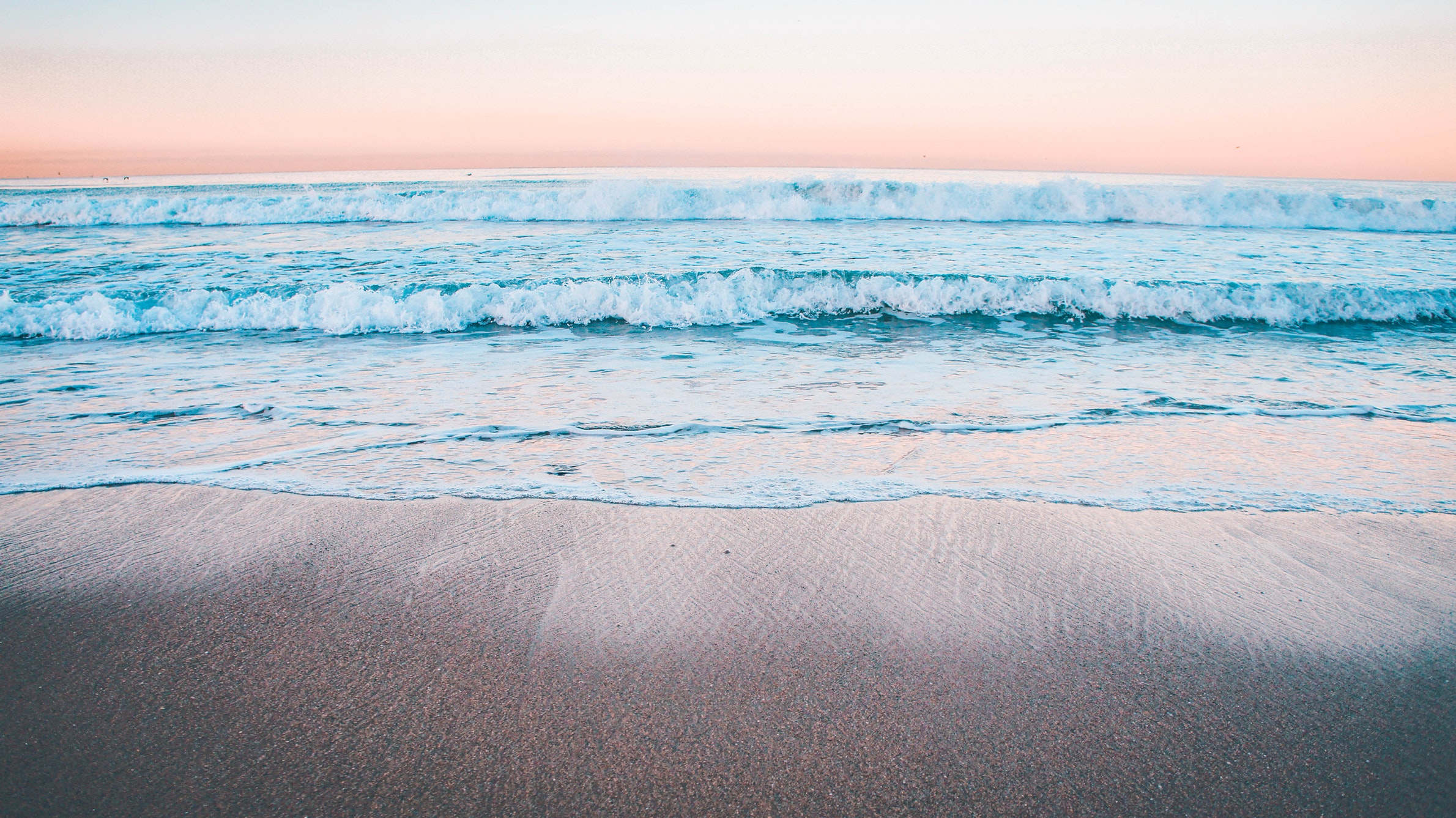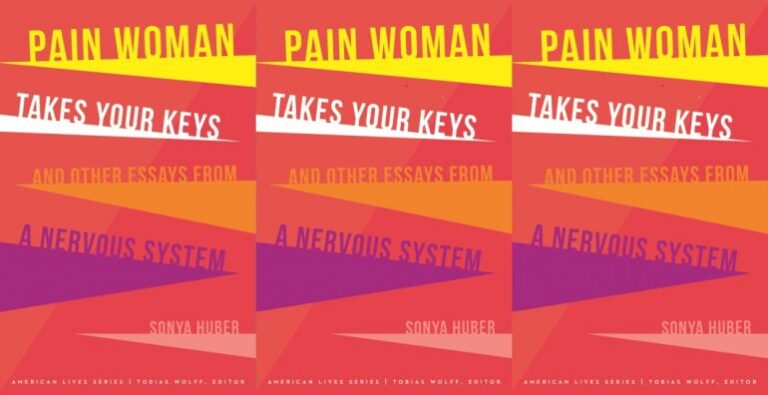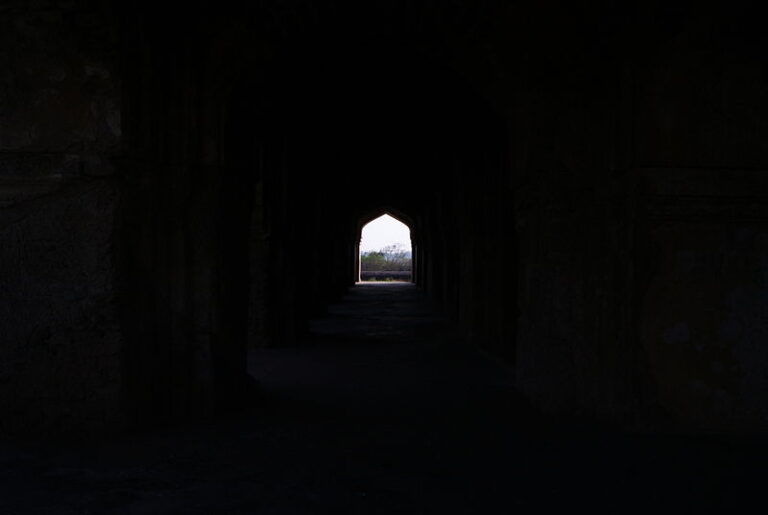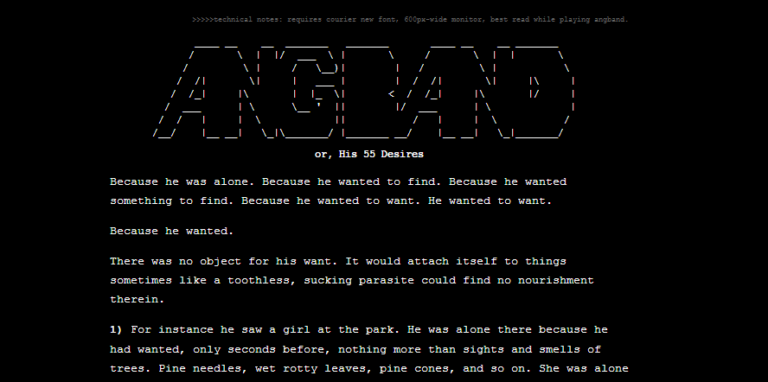Writ in Water: Yellow Not Mellow

A sight now common across California: the yellow toilet bowl.
Conscientiously curated, it’s a light shade of daffodil, lemon, banana; this is early in the lifespan, the visitors before you healthy and drinking plenty of water. If less lucky, you lift the lid on honey or medallion, yellows migrating goldenrod and worse. (Browns, mercifully, are still banished.) In homes and apartments, in private in the most private of spaces, this has always been personal preference, maybe laziness—how many visits before a flush?—but in public, a new and different matter. In restaurants and stores and movie theaters and malls, we are witnessing a colorful conversation about conservation, a visual diary of how comfortable California has become with changes in personal habit.
True, a flush or two doesn’t solve the drought; even forty million yellowing bowls doesn’t compare to daily agricultural water use or decades of water table abuse and wasted runoff, but, as author Charles Fishman notes, “For a century, California has pioneered innovations that have changed the way we all live.” As California goes—literally—so too will the rest of the nation.
Beyond the bathroom door, this shift comes, in large part, from the language the state and its people and businesses use to variously inform, encourage, cajole, threaten, and shame. The pleas for agency on restaurant menus to explicitly ask for glasses of water (“Please help us conserve”) and for hospitality in hotel rooms (“Decide whether you need a fresh towel”) have become expected and commonplace, in California and elsewhere, and do help conserve, but the thirsty West is going further. Lawn signs, from the informative to the proud and empowering, acknowledge the challenge of changing the mindset of the “beautiful yard.” In public spaces of recreation and reflection—gardens, parks, golf courses, cemeteries—you find various defensive deferments. “Notice: State Mandated Water Restrictions In Effect,” “Don’t Worry—We Irrigate with Recycled Water,” “We Are Sorry for Our Grass—Drought!” Sorry, the signs say, we’re doing what we’re told. Sorry the view isn’t what you’ve come to expect.
And when all of that doesn’t work, the San Francisco Chronicle’s front page naming and shaming of the Bay Area’s biggest “water hogs” just might.
For me, this campaign of conservation is another reminder of the power of language, the daily decisions in prose. An extreme drought instead of a serious drought. Declaring and demanding, Do your part, as a revision of the imploring, Please help us. And beyond the sentence, the language of storytelling itself. A yard, self-conscious, trying to find brown beautiful. A tourist, selfless, sacrificing fresh towels for the future of a place he will never see. Characters change—he deepens and broadens, she grows in complexity and consequence, they overcome obstacles toward some goal—as the narrative makes sense of a bigger world, makes relatable, if not always manageable, the problems that surround, and offers, sometimes, resolution and release.
In Claire Vaye Watkins’ celebrated novel Gold Fame Citrus, our main character is Luz Dunn, future California’s literal poster child for the daily, monthly, yearly impacts of an apocalyptic drought. A character, a focus, through which the collapse of the state can be seen:
Baby Dunn, born with a golden shovel in her hand, adopted and co-opted by Conservation and its enemies, her milestones announced in press releases, her life literal and symbolic the stuff of headlines, her baby book lousy with newspaper clippings:
GOVERNOR SIGNS HSB 4579; EVERY SWIMMING POOL TO BE DRAINED BEFORE BABY DUNN IS OLD ENOUGH TO TAKE SWIMMING LESSONS.
BABY DUNN STARTS KINDERGARTEN TODAY WITHOUT GREEN FIELDS TO PLAY IN.
LAST CENTRAL VALLEY FARM SUCCUMBS TO SALT: BABY DUNN, 18, NEVER AGAIN TO TASTE CALIFORNIA PRODUCE.
BERKELEY HYDROLOGISTS: WITHOUT EVACS BABY DUNN WILL DIE OF THIRST BY 24.
Watkins’ novel is today still speculative and dystopian, though perhaps less so than we’d care to admit. We have not yet found our Baby Dunn, and we skeptically eye our half-measures—yellowing bowls in the bathroom, yellowing yards and towels; we sit in our cars in traffic reading blogs about drought on our phones and we punch the gas through the intersection as the light goes yellow; that we will need stories to make sense of our changing, drying, crowding world is clear, but what will those stories say, what endings we will write, what hope will they retain as we speed past the yellow?


